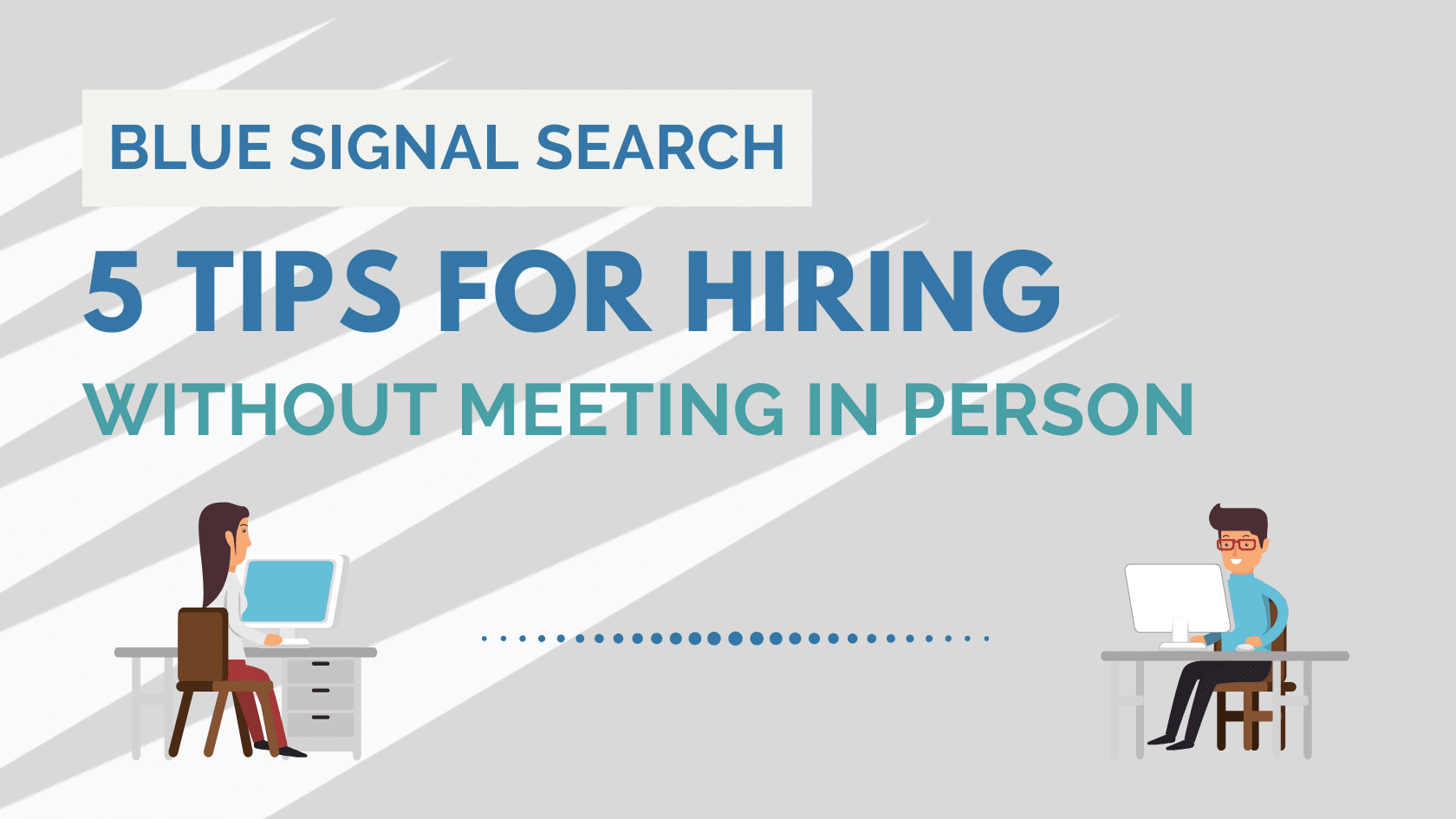Despite the havoc COVID-19 has wreaked on the stock market, major industries, and some smaller businesses – many companies are still hiring. However, this presents its own unique set of problems, as hiring managers search to find safe ways to conduct interviews. Today’s technology allows people to communicate without meeting face to face, but many are convinced this is not a perfect alternative. When hiring over video conference, how can you be sure you are still making an effective judgement call on someone’s cultural fit, abilities, dedication, and overall employability? Without making a much more dangerous (and in some states illegal) risk by conducting a face-to-face interview, here are some ways to ensure that you make an effective hire without meeting in person.
Ask the Right Questions
If they are as solid of a candidate as their resume leads you to believe, then they probably prepared for this interview with the typical questions. Make sure you get them thinking, catch them outside their prepared scripts, and challenge their knowledge. Avoid the “What is your biggest weakness?” and instead ask something like, “What is the biggest misinterpretation people have about you?” Try to get them to answer in an honest way, rather than trying to turn negatives into positives. This question in particular tests their self-awareness. Zappo’s Chief Executive, Tony Hsieh believes, “If someone is self-aware, then they can always continue to grow. If they’re not self-aware, I think it’s harder for them to evolve or adapt beyond who they already are.”

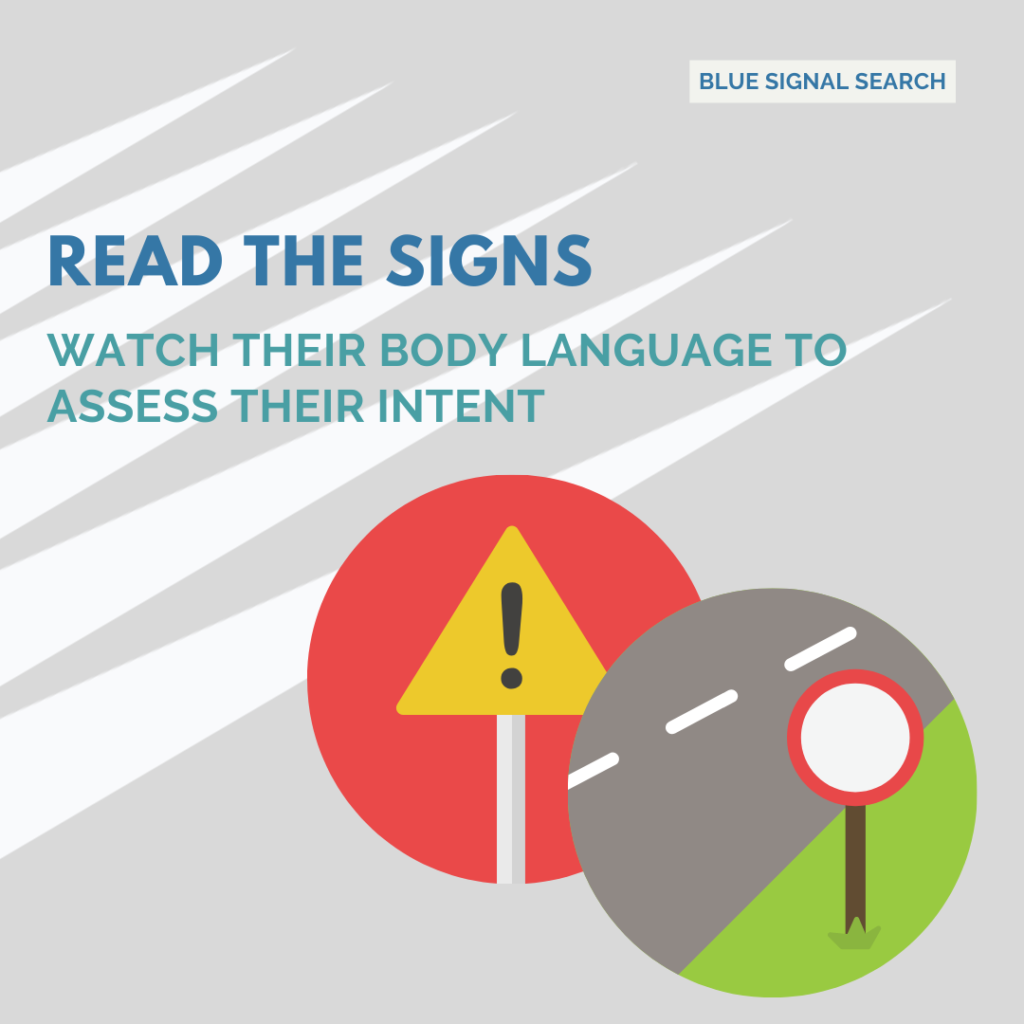
Read the Signs
Whatever you ask – watch their responses. Literally, watch. If they seem to be reading off notes, are not making eye contact, check their phone offscreen, or stare off blankly when you are explaining something – make note of it. When interviewing online, people tend to be more comfortable than they would stepping into a CEO’s office, sitting across the desk from their potential management. However, this should be no different. Make sure they don’t act too comfortable and are truly serious about the role and opportunity. Know that whoever you hire might have to be working from home as well. When people interview, they are on their best behavior. If their “best behavior” is acting distracted, you can bet when you aren’t watching that the distraction will be worse.
Utilize References
This should be standard in most cases, but when your test of character is limited to a video chat, it can be particularly beneficial to speak to someone who has already worked with your candidate. A candidate can speak to their own previous responsibilities, use this time with their references to uncover how this person works with others. Some key questions could include:
- “What management style does this person respond well to?”
- “Tell me about a time this person was agitated. What was the circumstance? How did they handle it?”
- “Let’s say this person is working with a group on a project – what role do they play? Are they a leader? A follower?”
- “On their best day, what about this person stands out the most?”
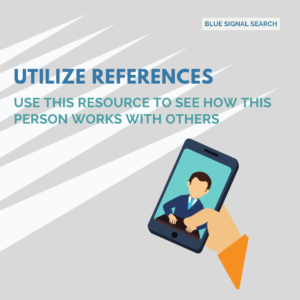
Test their Skills
Get creative when testing their hard skills and experience. Asking yes or no questions about systems they have used and responsibilities they have held give little to no insight about what they can accomplish. Instead, give them an opportunity to apply this knowledge. Research has consistently shown that one of the best predictors of job performance is a work sample, says Fast Company. If applicable, give them a take home project to complete. Assign them a search project, a writing prompt, or other task that applies to some aspects of the role they are looking to fill. Or, in lieu of something they can put together themselves, administer skill assessments like those offered for free on Indeed.
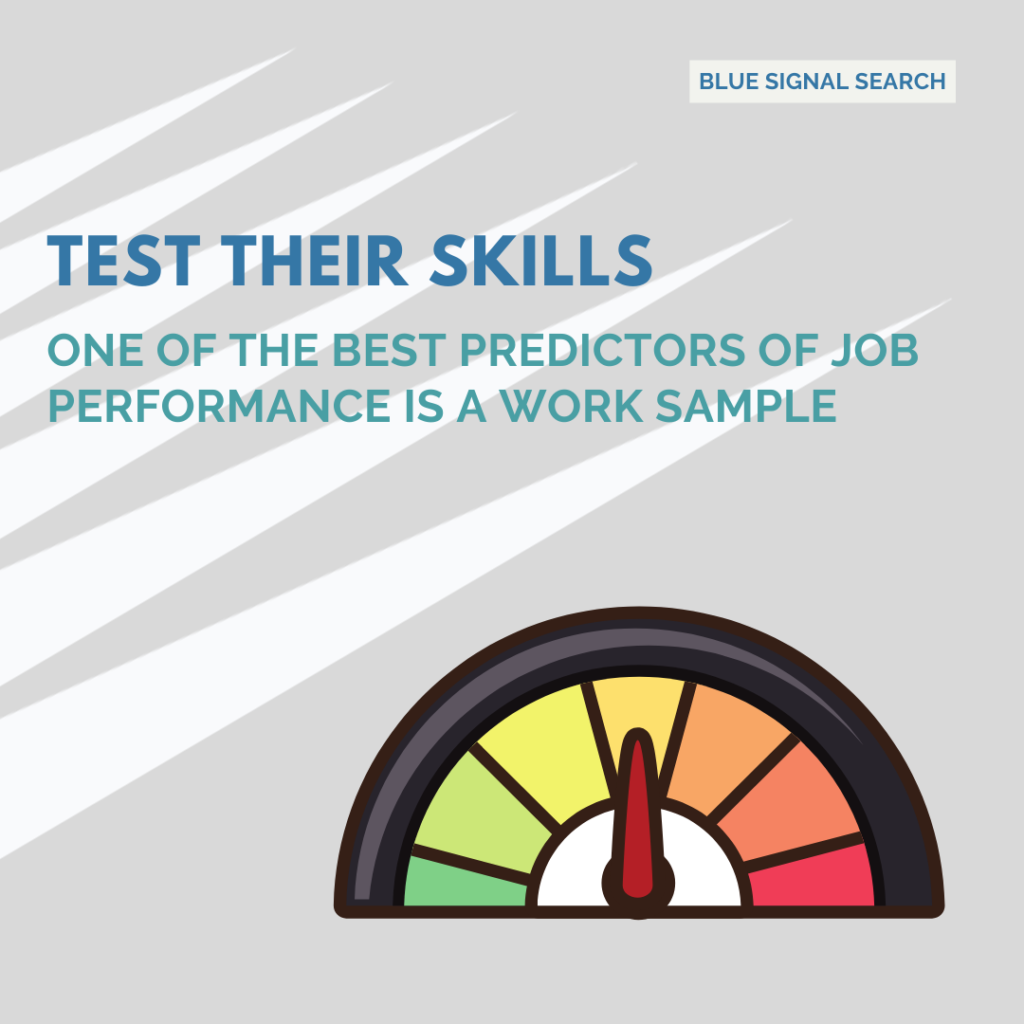
Don’t use this as a pass/fail course, but more of an assessment of their interest and their overall versatility. Passive candidates that are not serious about the role will either take a long time coming up with the answers they think you’ll want to hear, or may not complete the “homework” at all. That weeds out several people you wouldn’t want to hire straight away. Or, if they turn it around quickly, with fresh ideas outside the format you pictured, think about the value they could bring with more thorough instruction and real-life application.
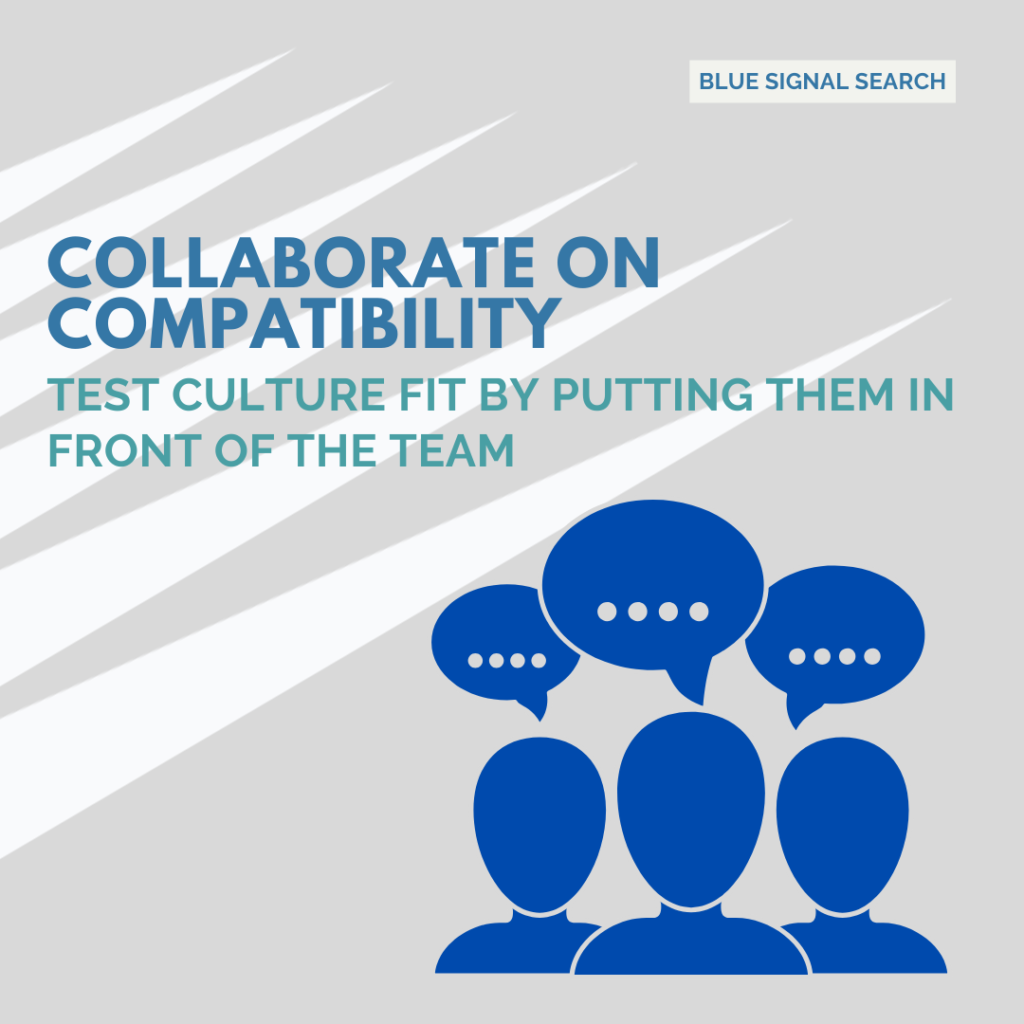
Collaborate on Compatibility
Rather than relying on soft skill questions like, “What is your communication style?” – test their culture fit by putting them in front of your team. Utilize the skills of those you already have to get a better read on a candidate – after all, they could very well be teammates someday. Have someone junior to their position conduct an interview and see how they treat them. Put them on a conference call with several managers and watch how they handle pressure. Throw a curve ball and have them talk to someone outside the department they would work in to see how they collaborate cross-functionally. Get feedback from the team on their read of the person and try to assess how they would fit into the culture. No one knows what it’s like in that position quite like the team already in the job today – utilize that knowledge in a way you can capitalize on.
Interviewing online does not inhibit your ability to assess candidates. Remember that there are no real rules if you know what to look for and use your instincts. Operate outside the transactional model of the standard Q&A format to ensure that whoever you are hiring is not only qualified, but excited about your open position. For more tips about hiring, candidate retention, culture adoption, or even interviewing over video conference – contact Blue Signal’s tenured recruiting team to support your next search, and partner with you in supporting your workforce.
